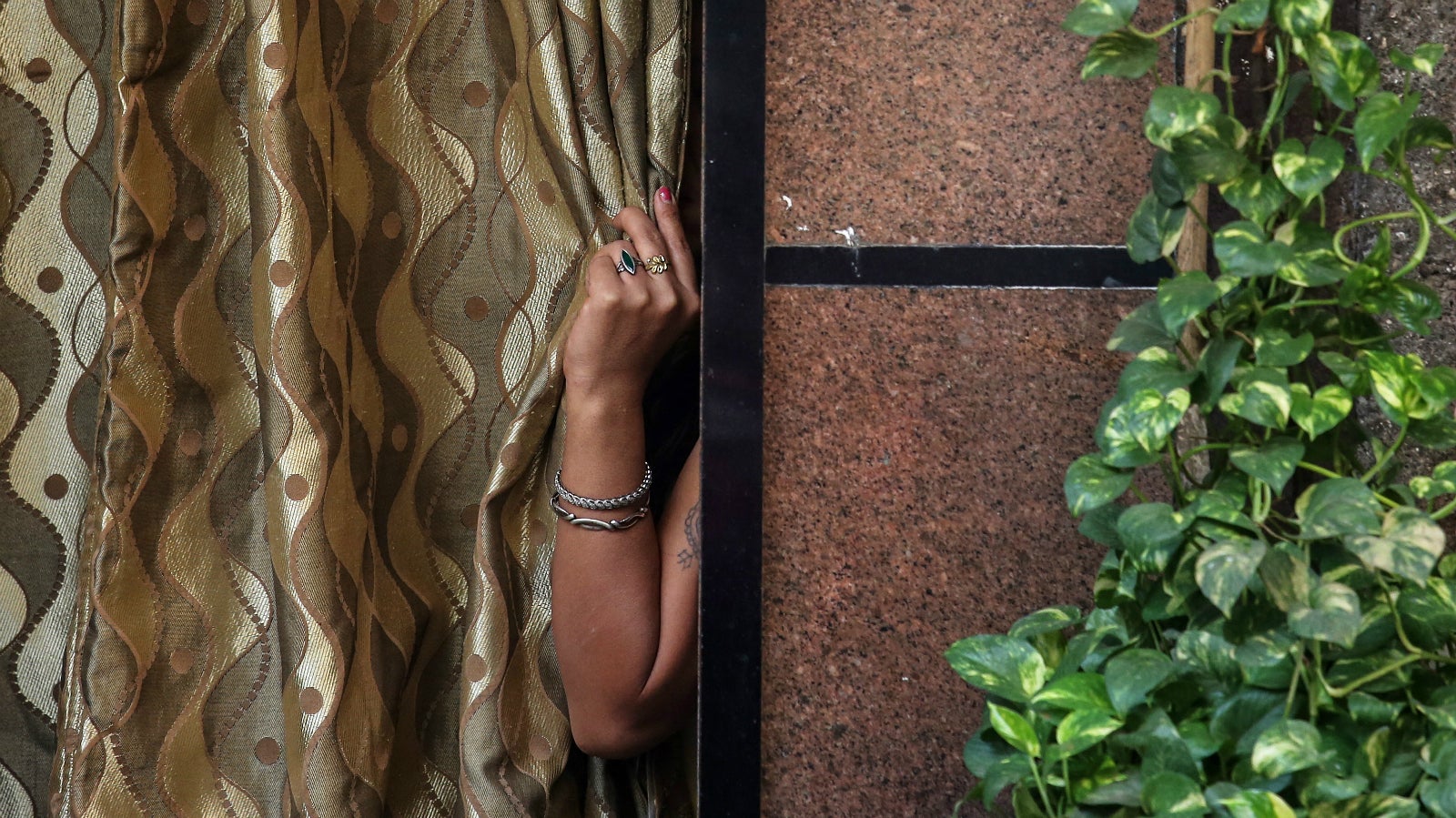A busted fake escort racket reveals the murky world of India’s male sex work industry
The business of male escort services in India is often complex and dangerous.


The business of male escort services in India is often complex and dangerous.
Last week, the police in New Delhi uncovered a racket after rescuing an aspiring escort who was kidnapped by a fake agency and held for ransom in Hapur in the northern state of Uttar Pradesh. The 26-year-old was allegedly lured by the promise of earning between Rs15,000 and Rs25,000 a day, much more than what he made as a salesman selling mobile phones at a store in the national capital.
The incident comes in the wake of the rapid proliferation of escort services across India, taking advantage of the internet, social media networks, and technology like WhatsApp to make transactions quick and smooth. Over the years, both male and female escort services have become well-versed in techniques such as Search Engine Optimisation (SEO) to make sure their websites are easily visible to those seeking company or a little more online. And these methods have paid off: one anonymous escort agency owner told The Times of India that the industry has a daily turnover of around Rs10 crore in Mumbai and Rs50 crore in New Delhi.
For some young Indians, among them struggling actors or models, signing up as an escort is a way to make some serious money, anywhere between Rs20,000 to Rs40,000 a day, by one estimate. And while many escort agencies advertise their services in PG terms like “friendship,” there’s a whole range of options available, including the “girlfriend experience” that blends transactional sex with the intimacy of a relationship, albeit one that is paid for.
But as the Hapur kidnapping shows, the shadowy workings of the industry have left a lot of escorts and aspiring escorts vulnerable. In July, India banned 240 escort websites in a bid to stem the spread of these services but the move was widely criticised as ineffective. After all, many of the websites could simply switch to a new domain and resume business as usual.
So far, India’s laws have mainly concerned themselves with prostitution and human trafficking, with a focus on women and children, but there’s still a lack of comprehensive regulation. Under the Immoral Traffic Prevention Act of 1956, it’s soliciting sex that’s a crime, besides running a brothel or forcing individuals to engage in prostitution. So technically, prostitution itself isn’t illegal. But in reality, the laws are interpreted in line with the society’s moral code that stigmatises sex workers and keeps them working in the shadows, vulnerable to exploitation.
The situation is more complicated when it comes to male sex workers, with little information or regulation available.
Around the world, male and female escort services exist in the murky middle ground between legal and illegal, depending on how they’re presented. The popularity of the business in India, not just among customers but among aspiring escorts, suggests that there’s a complexity to both modern sexuality and the demand for money in India that requires a much more nuanced understanding.
And that’s something India’s squeamish politicians aren’t ready to handle yet.